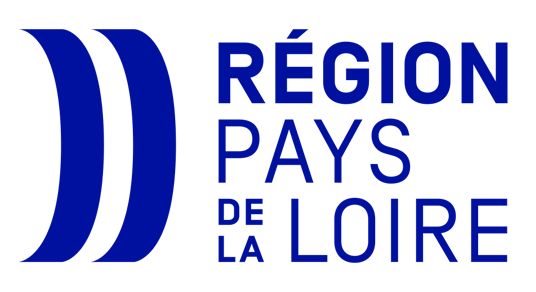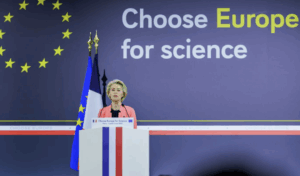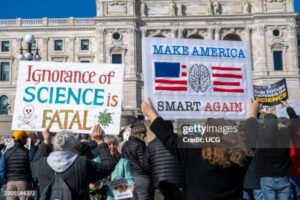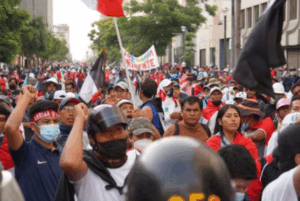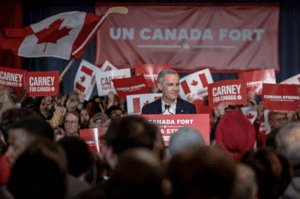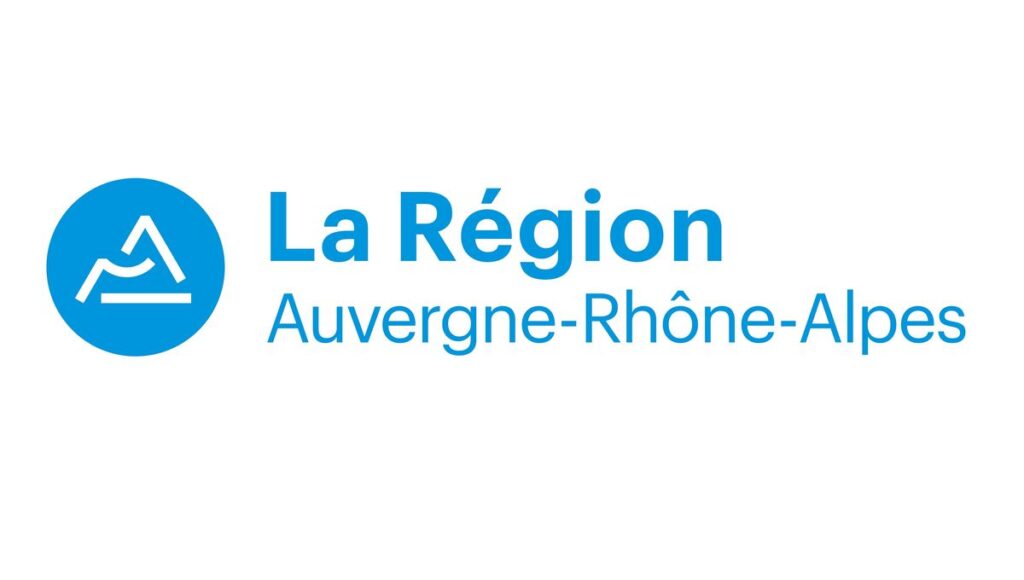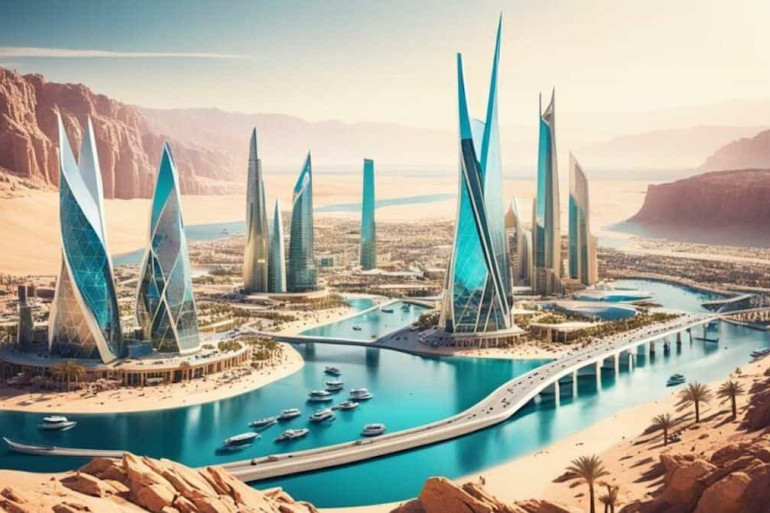Saudi Arabia: A Key Oil Producer
Saudi Arabia holds a central position within the global oil industry. In 2022, it was the world’s leading exporter of crude oil. The kingdom’s oil policy, vast reserves, and production capacity make it a key player in the global energy balance. Saudi Arabia is home to an estimated 266 billion barrels of oil reserves and has an impressive production capacity. Ranging from 9 to 13 million barrels per day, representing approximately 12% of global oil production. Saudi Aramco, the state-owned oil and gas company, is the largest oil producer in the world. Major oil fields like Ghawar, Sfaniya, Manifa, and Shayba are central to the kingdom’s petroleum output.
This dominant position allows Saudi Arabia to play a regulatory role within OPEC (Organization of the Petroleum Exporting Countries). Directly influencing global oil production levels and prices. Known as the « swing producer, » Saudi Arabia has the ability to adjust its output to stabilize the global oil market. Responding to fluctuations in demand and prices. Simultaneously, the kingdom is exploring alternative energy sectors as part of its plan to reduce its reliance on fossil fuels. As outlined in Vision 2030. The program aims to increase the share of renewable energy sources in the national energy mix.
The Objectives of Vision 2030 : Economic Diversification
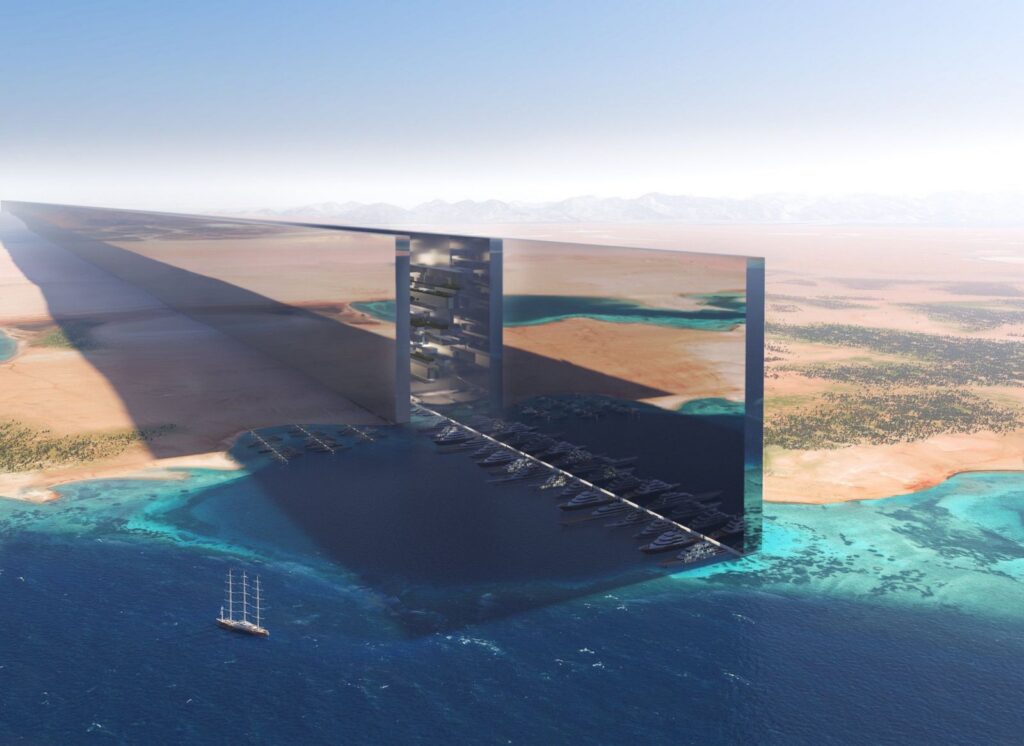
Saudi Arabia has long been dependent on its oil industry since the discovery of « black gold. » In 2021, oil accounted for 21% of GDP, with projections estimating it will fall to 16% by 2024. The stable profits from this sector have not led the country to diversify its economy. The Vision 2030 aims to expand the nation’s revenue sources. This by developing non-oil industries such as technology, tourism, renewable energy, innovation, mining, and manufacturing. For example, the kingdom is investing in NEOM,.
A futuristic city on the Red Sea that aims to become a global hub for technological innovation and sustainable development. Another major project is the Red Sea Project, a luxury tourism megacity designed to attract high-end international tourists. Additionally, Qiddiya, a massive entertainment complex on the outskirts of Riyadh. Will include theme parks, sports stadiums, and other entertainment infrastructure. However, these projects are costly and have led to projected deficits. With a forecasted shortfall of SAR 30.23 billion in 2024. This underlines the challenge for a nation that has relied primarily on fossil fuels. To restructure its economy in line with contemporary global trends.
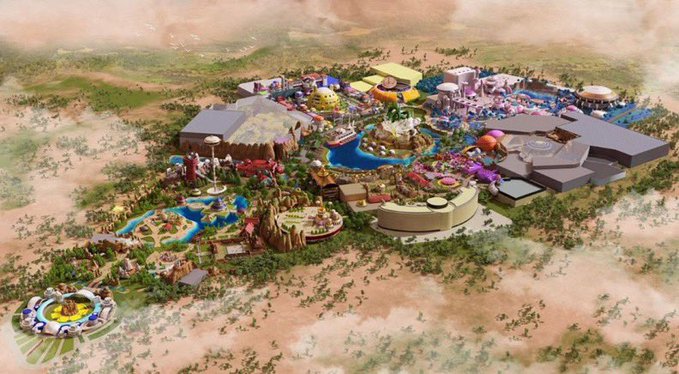
Social and Cultural Reforms
First, a significant aspect of Vision 2030 involves social reforms, particularly the empowerment of women. Women are now playing an increasingly active role in the economy. They gained the right to vote and run for municipal elections in 2015. In 2017, they were granted the ability to access public services. Including healthcare and education, without the need for a male guardian’s approval. In 2019, women were given the right to obtain a passport and travel without male consent. The government has pledged to invest in women’s productive capabilities and integrate them more fully into the economy. According to a World Bank report, the number of women enrolling in university exceeds that of men. Furthermore, Norah Alyusuf, head of the Quality of Life Program Center for Vision 2030. Notes that women’s participation in the workforce has increased due to rising employment opportunities.
Then , education is another focal point. With a median age of 29. The majority of Saudi Arabia’s population is young, with 63% under the age of 30. This demographic presents a strong potential for development and transformation. The government is reforming the education system to align with modern labor market needs. Emphasizing digital skills, engineering, and the sciences. These initiatives aim to equip the younger generation with the skills required for a diversified economy.
Finallyy, cultural liberalization and tourism also feature prominently in the Vision 2030 agenda. Restrictions on leisure activities, such as concerts, festivals, and cinema, have been relaxed. Saudi Arabia has also opened up to international tourism, with the introduction of a tourist visa in 2019. Vision 2030 envisions large-scale tourism projects. Such as Red Sea Global, which will offer luxury accommodations and showcase the natural wonders of the Red Sea region. These efforts aim to position Saudi Arabia as a global tourism destination.
Modernizing Governance and Public Administration
The Vision 2030 plan includes efforts to modernize public administration, making the government more transparent and efficient. This involves streamlining bureaucratic processes and digitizing public services. Since 2017, anti-corruption measures have been implemented, including the arrest of high-ranking government officials and businessmen. However, critics argue that these actions are also a means for MBS to consolidate his power.
International Positioning and Partnerships
To begin, Saudi Arabia is strengthening its international position, particularly through partnerships with China. In September 2024. Crown Prince Mohammed bin Salman and Chinese Prime Minister Li Qiang discussed securing long-term Saudi oil supplies to China. Chinese imports now represent 21% of total Saudi imports. This collaboration has been formalized through two energy contracts. Between Chinese firms and Saudi Aramco, signaling a shift away from U.S. dominance in the sector. Furthermore, China views Saudi Arabia as a key tourism destination, aiming to attract three million Chinese tourists annually by 2030. The two countries share common interests in technological innovation and artificial intelligence, making them ideal partners.
Another significant development is the IMEC (India-Middle East-Europe Corridor), launched in September 2023 during the G20 summit in New Delhi. This project, connects India, the Middle East, and Europe,. Which is seen as a direct competitor to China’s Belt and Road Initiative. It includes both a maritime corridor linking Mumbai and Dubai. And a land route connecting Dubai to Europe via Saudi Arabia, Jordan, and Israel. This initiative is expected to foster stronger economic ties between these regions while reducing China’s influence.
Development of the Private Sector and Investments
Vision 2030 also focuses on privatizing public enterprises. Including stakes in strategic companies like Saudi Aramco, to stimulate the economy and encourage foreign investment. Additionally, the kingdom is positioning itself as a regional financial hub. By implementing regulatory and fiscal reforms to attract international businesses. The Riyadh Financial Center is a key element of this strategy.
Sustainable Development and Renewable Energy
Indeed, a core aspect of Vision 2030 is the transition to renewable energy. Saudi Arabia is investing in solar and wind power to diversify its energy sources and reduce its carbon footprint. The kingdom has committed to generating 50% of its energy from renewables by 2030. The plan also includes environmental protection initiatives, with investments in clean technologies to align with global climate change goals.
Challenges and Criticisms
First of all, despite its ambitious scope, Vision 2030 faces several challenges. While the kingdom seeks to diversify its economy, Saudi Arabia remains heavily dependent on oil. The transition to a more diversified economy is slow and fraught with obstacles. Social reforms, though progressive, are still constrained by the authoritarian political context. With continued repression of political opponents and human rights activists. Regional geopolitical tensions. Including the ongoing rivalry with Iran and competition with the UAE for foreign investment, further complicate the situation.
Also there are tensions. Tensions between Saudi Arabia and Yemen persist despite a ceasefire agreement from April to October 2022,. Marking a rare moment of calm in a conflict that began in 2014. The situation remains volatile, with Houthi rebels continuing to launch attacks on government-controlled areas. Saudi Arabia has been actively engaged in the conflict. Seeking a resolution, and a ceasefire was declared on December 23, 2023. However, the ongoing conflict in Gaza has created new tensions in the Red Sea region. Further complicating efforts to resolve the Yemeni crisis.
In conclusion, Saudi Arabia’s Vision 2030 is an ambitious and transformative. That seeks to diversify the kingdom’s economy, modernize its social fabric, and enhance its global standing. While progress has been made, the country faces significant challenges in its path toward achieving these goals. The next decade will be crucial. Determining whether Saudi Arabia can successfully navigate these challenges and secure its future as a diversified, modern economy.

